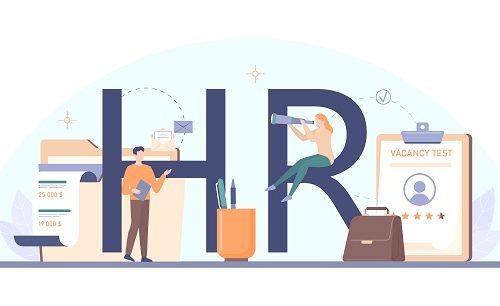Your company data has enormous potential to strategically position your business in the marketplace. However, it can be challenging to analyze and use data to make better operational decisions due to the amount of data that’s often stored in silos. To put your data to better use, it’s first important to learn: what is a knowledge graph?
Knowledge graphs make it easier to analyze big data by gathering organizational data (both unstructured and structured) for corporate use. The data then visually served up to display intricate connections across components.
What Is a Knowledge Graph?
A knowledge graph is a knowledge base that contains entities and their connections. It’s essentially a network that comprises nodes, which represent entities (such as people, locations, things, etc.) and edges, which represent connections among nodes.
To generate new knowledge, knowledge graphs gather and incorporate data into an ontology and visualize networks of interconnected entity descriptions.
Application of Knowledge Graphs
Knowledge graphs can be used in a variety of ways to help companies refine processes and improve the customer experience. They can be used to enhance other systems and technologies, including:
Question answering systems (based on deep learning, information retrieval, and semantic parsing): In semantic-aware question answering (QA) systems, semantic data from a knowledge graph can be leveraged to improve search results.
Recommender systems (encoding based and path based): Knowledge graphs identify relationships, which expand the diversity of recommendation lists and enhance recommender accuracy. Recommendation systems gain interpretability thanks to KGs. Transnational data from KGs is included in information retrieval. Like, Graph Search performs searches across entities using Google Knowledge Graph.
Domain-specific systems (healthcare, cyber security, economic, news, educational, etc.): Knowledge graphs combine diverse data sets to infer information that a wide variety of industries can use to develop novel solutions.
Additionally, the following well-known companies maintain knowledge graphs:
- Facebook: uses knowledge graphs to track people, pages, and groups.
- LinkedIn: operates a graph database of users, jobs held, titles, skills, businesses, and locations to connect people and companies.
- Airbnb: manages a deep taxonomy of houses, venues, and eateries and builds with a knowledge graph.
- Microsoft: uses a knowledge graph similar to Google to operate its Bing web browser.
- For each of the numerous products available on its website, Amazon keeps a knowledge graph.
- Uber: Uber Eats stores and analyzes food-related information to interpret the user behavior.
- eBay: Supports natural language understanding (NLU) for its product details using a knowledge network called Akutan.
Conclusion
Knowledge graphs assist companies in uncovering unseen connections within data, helping improve business functions in ways that would be otherwise impossible. Additionally, they help vastly improve and simplify machine classification algorithms. Without a doubt, knowledge graphs are here to stay and will continue helping make huge advances across entire industries.






